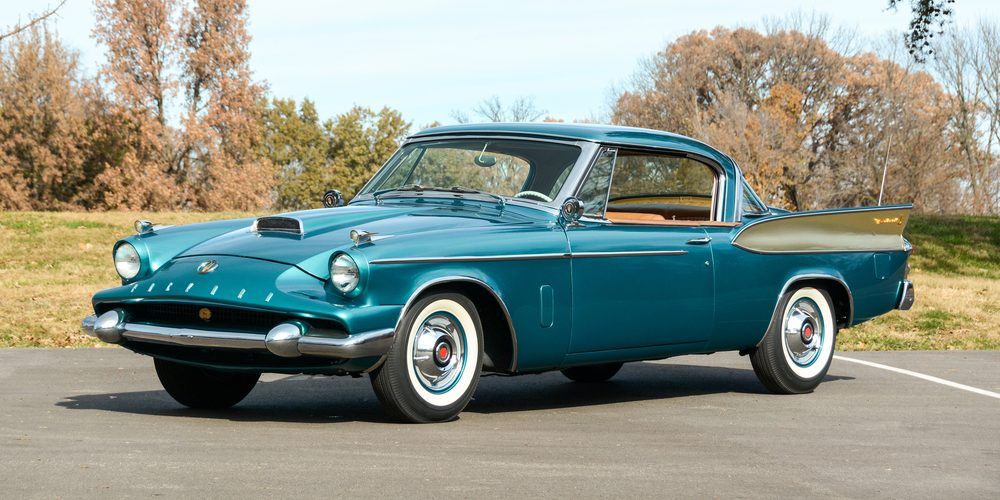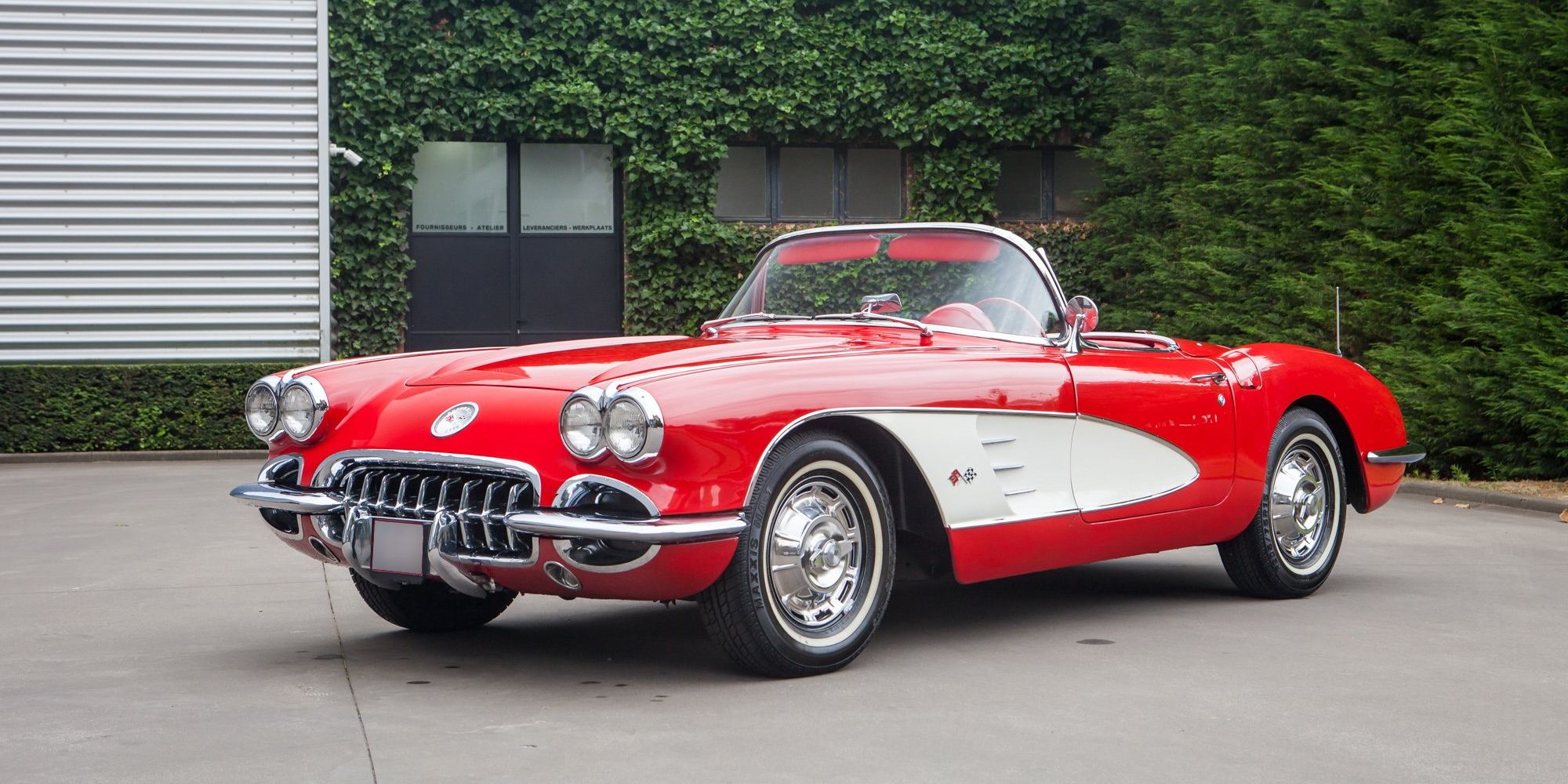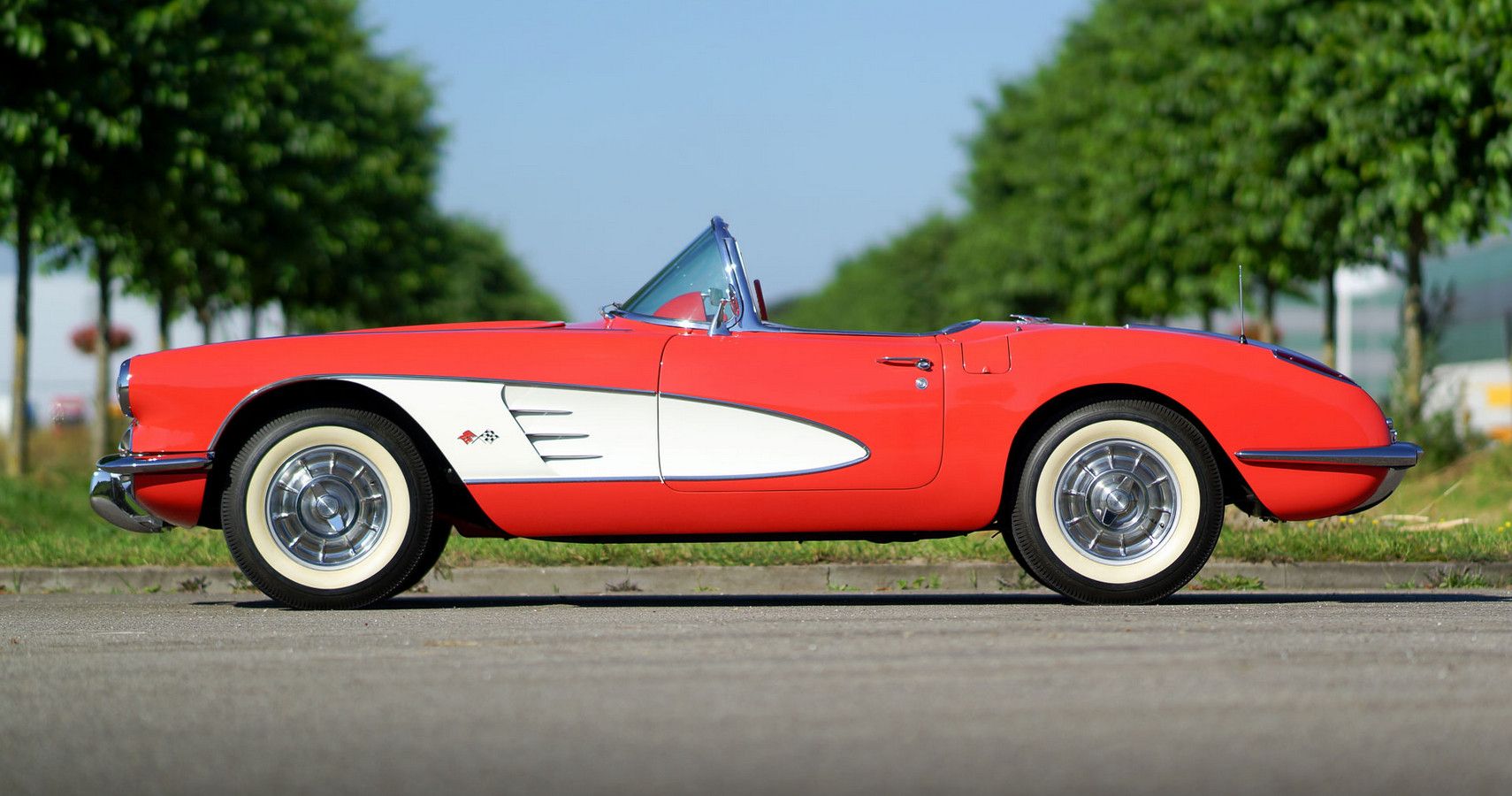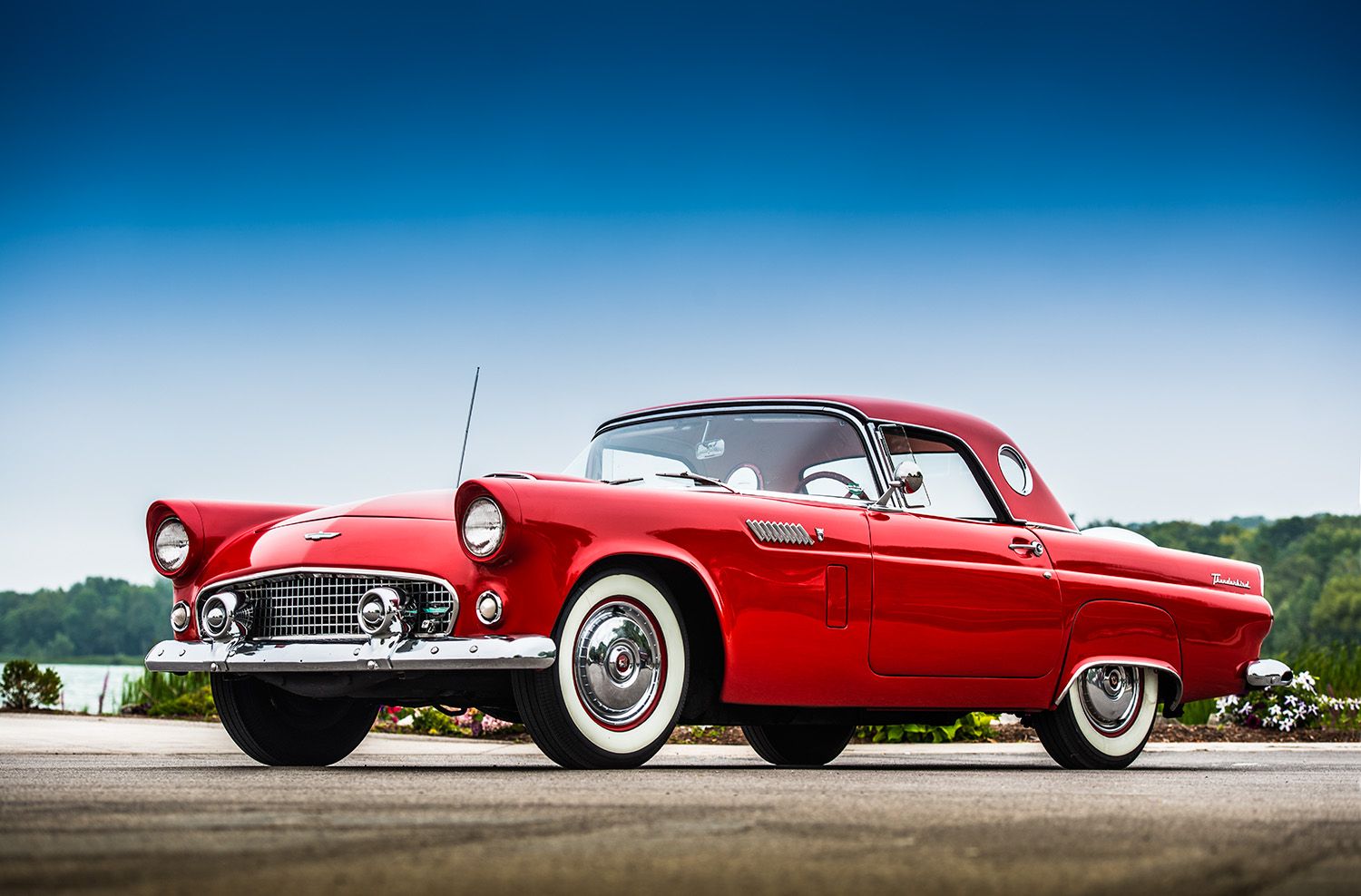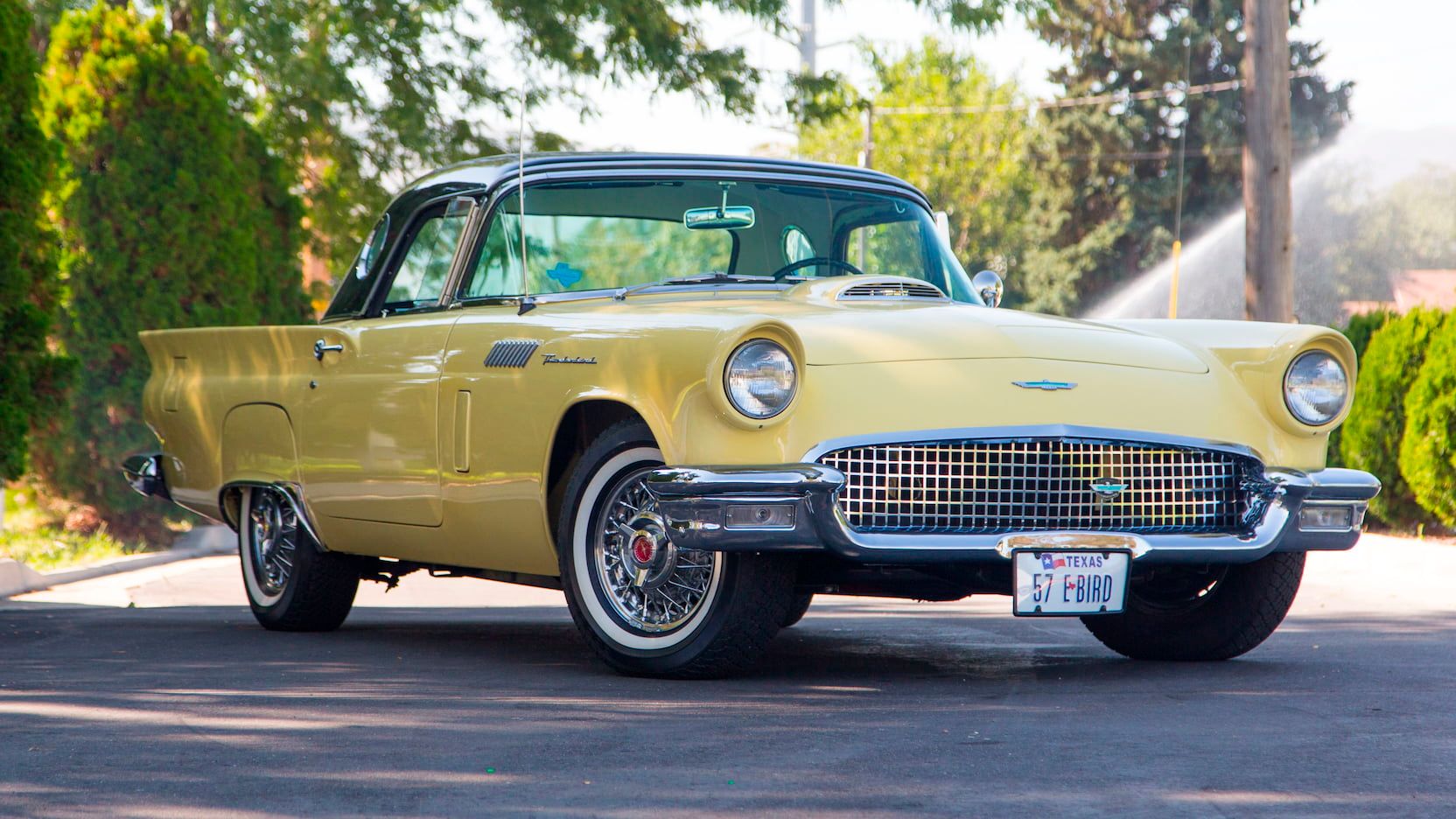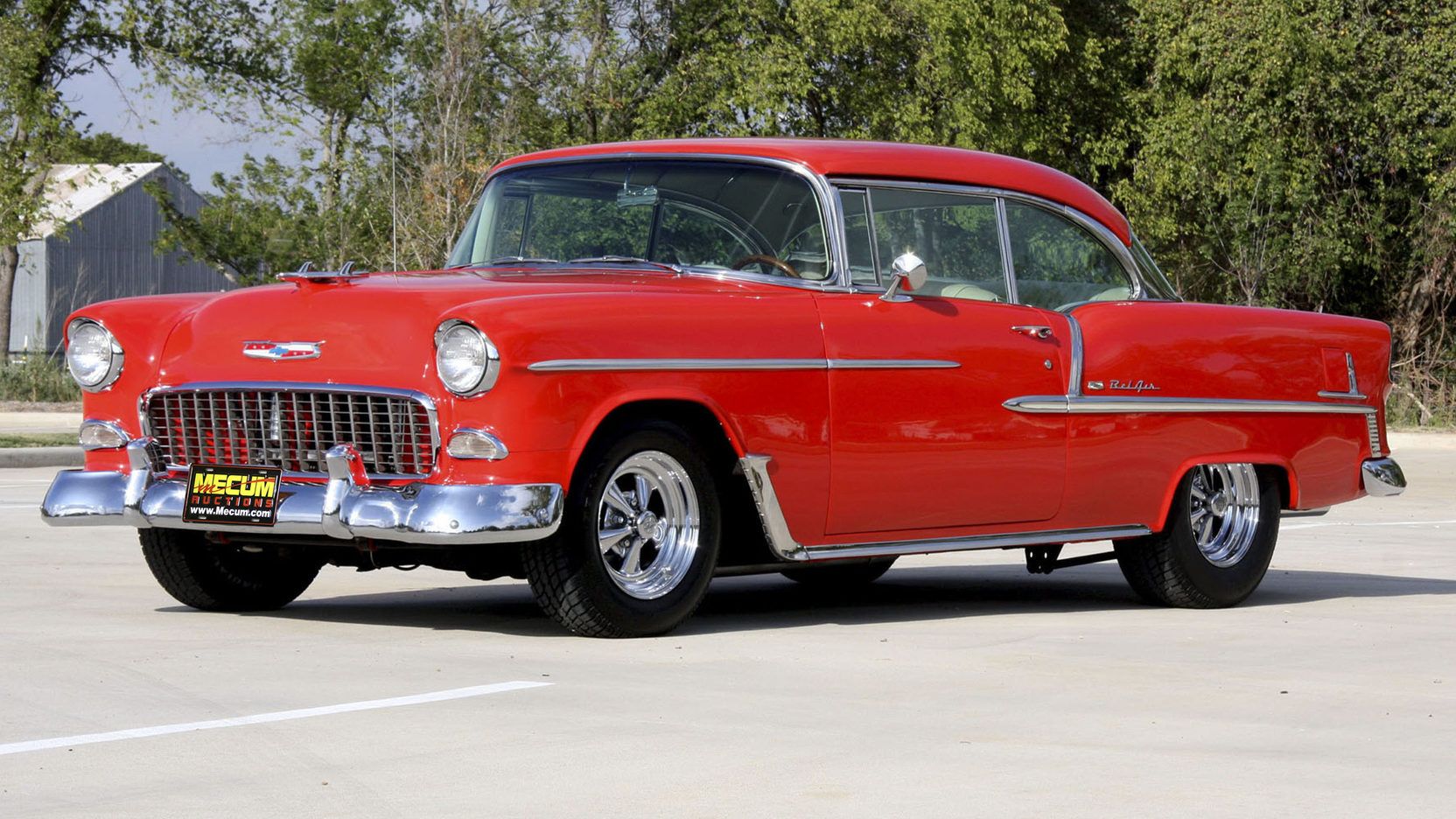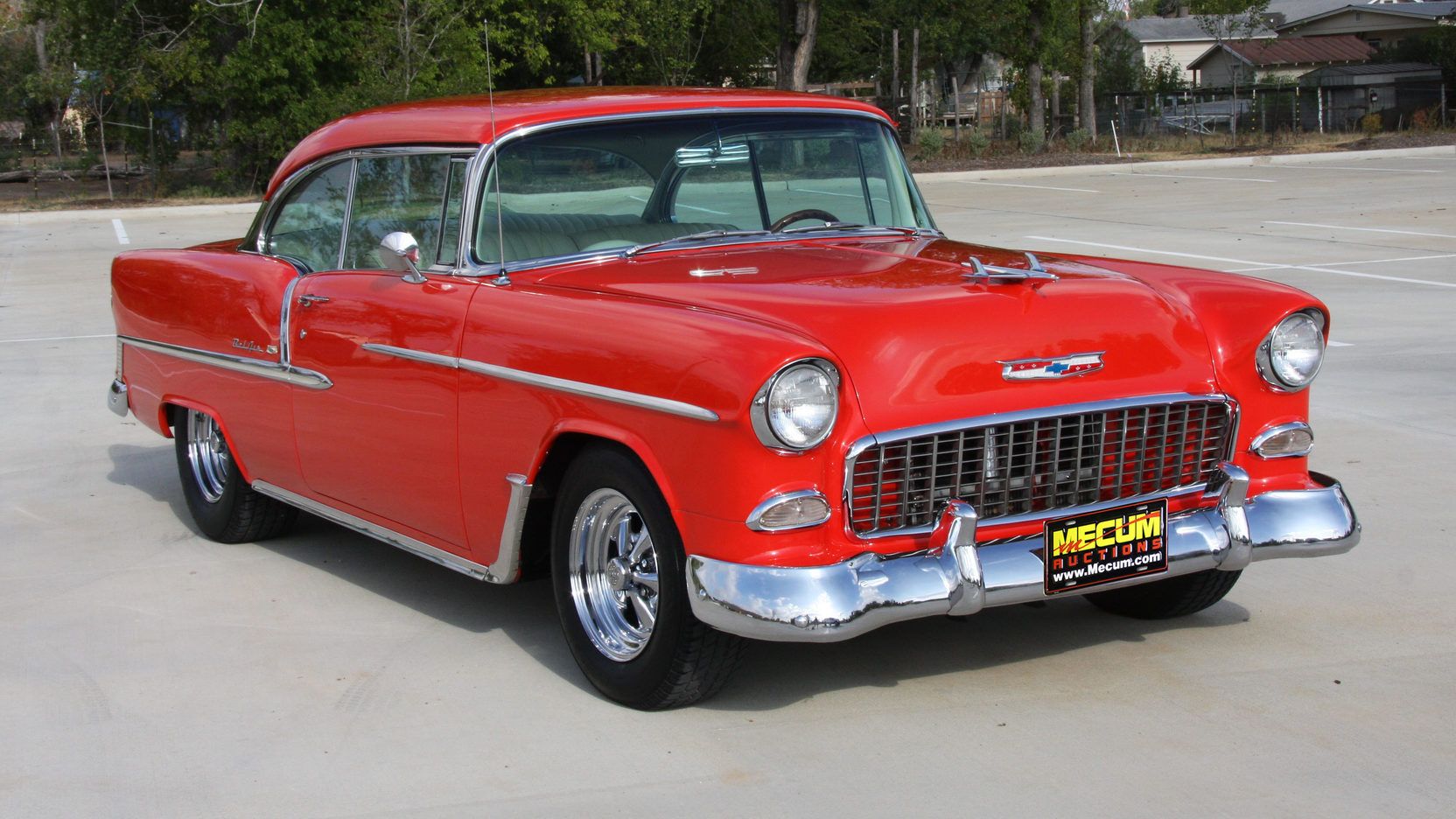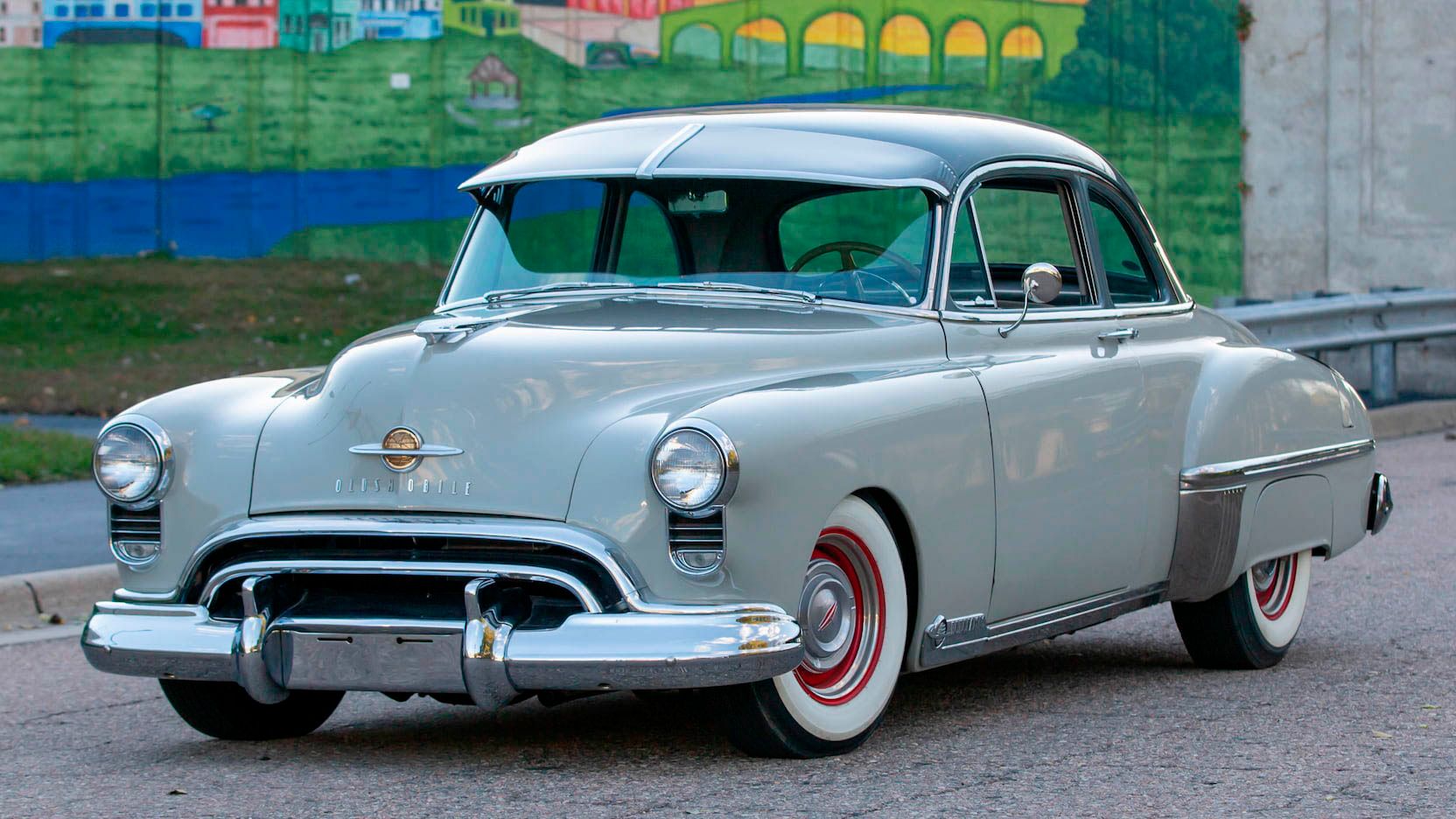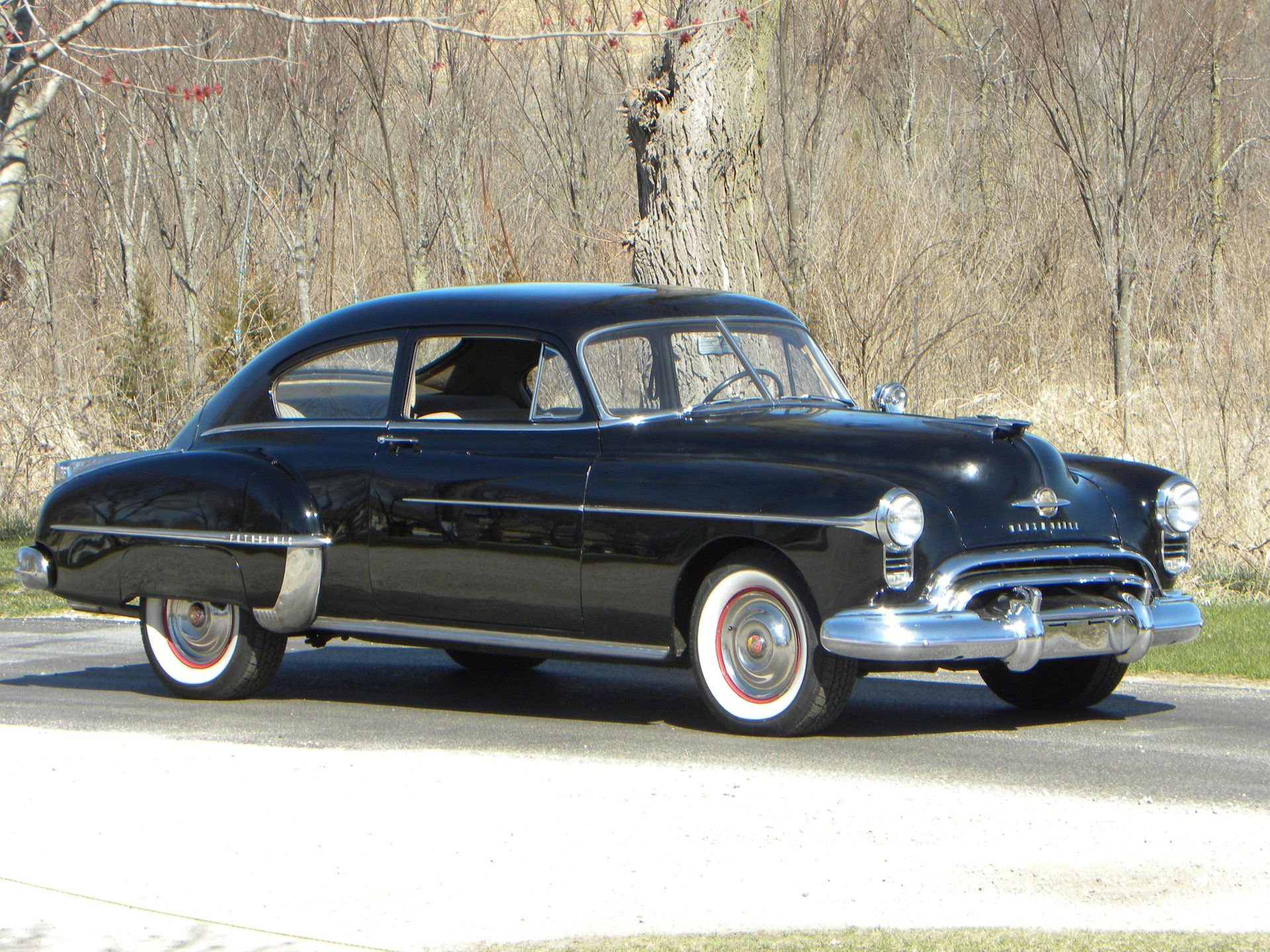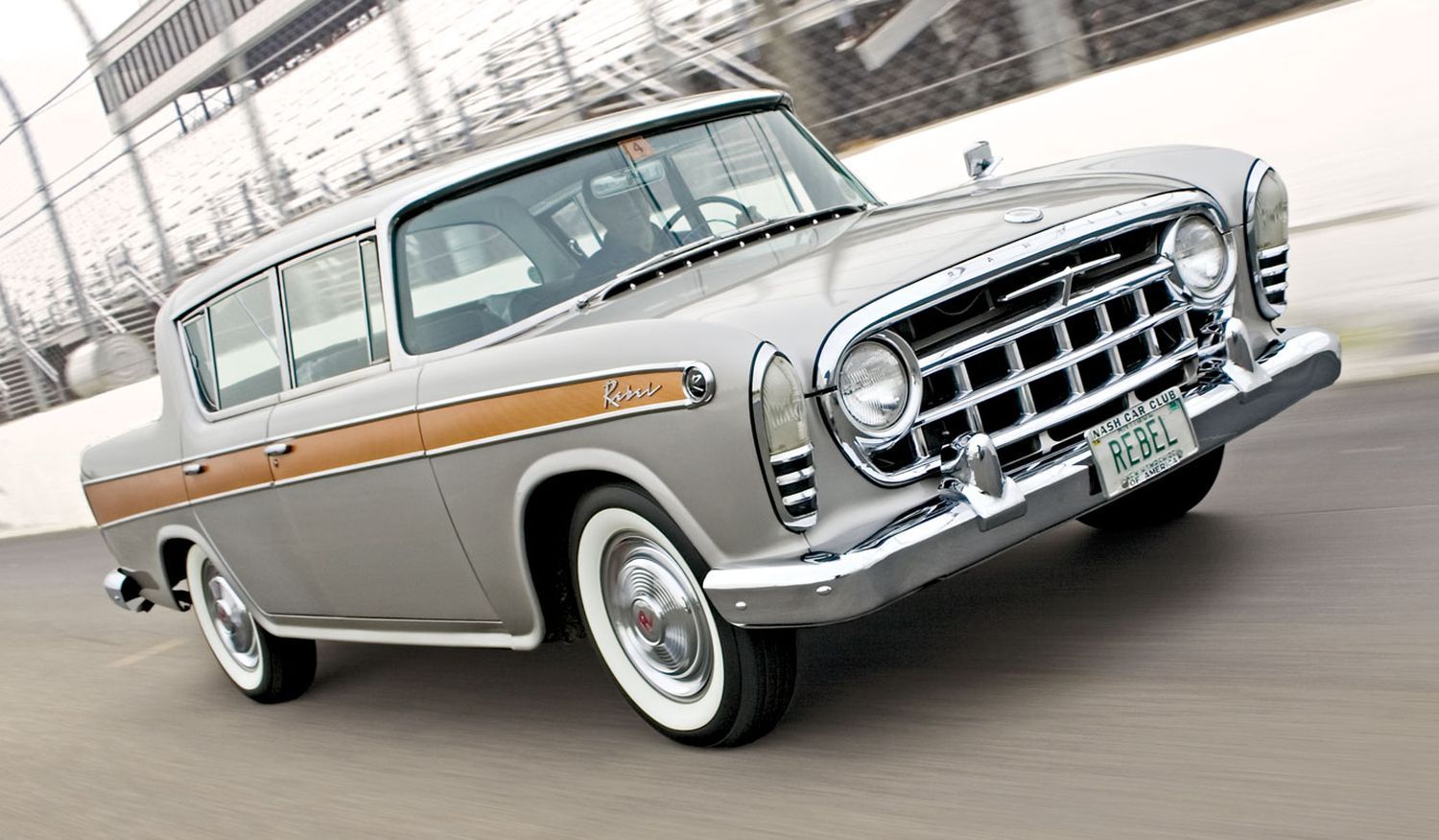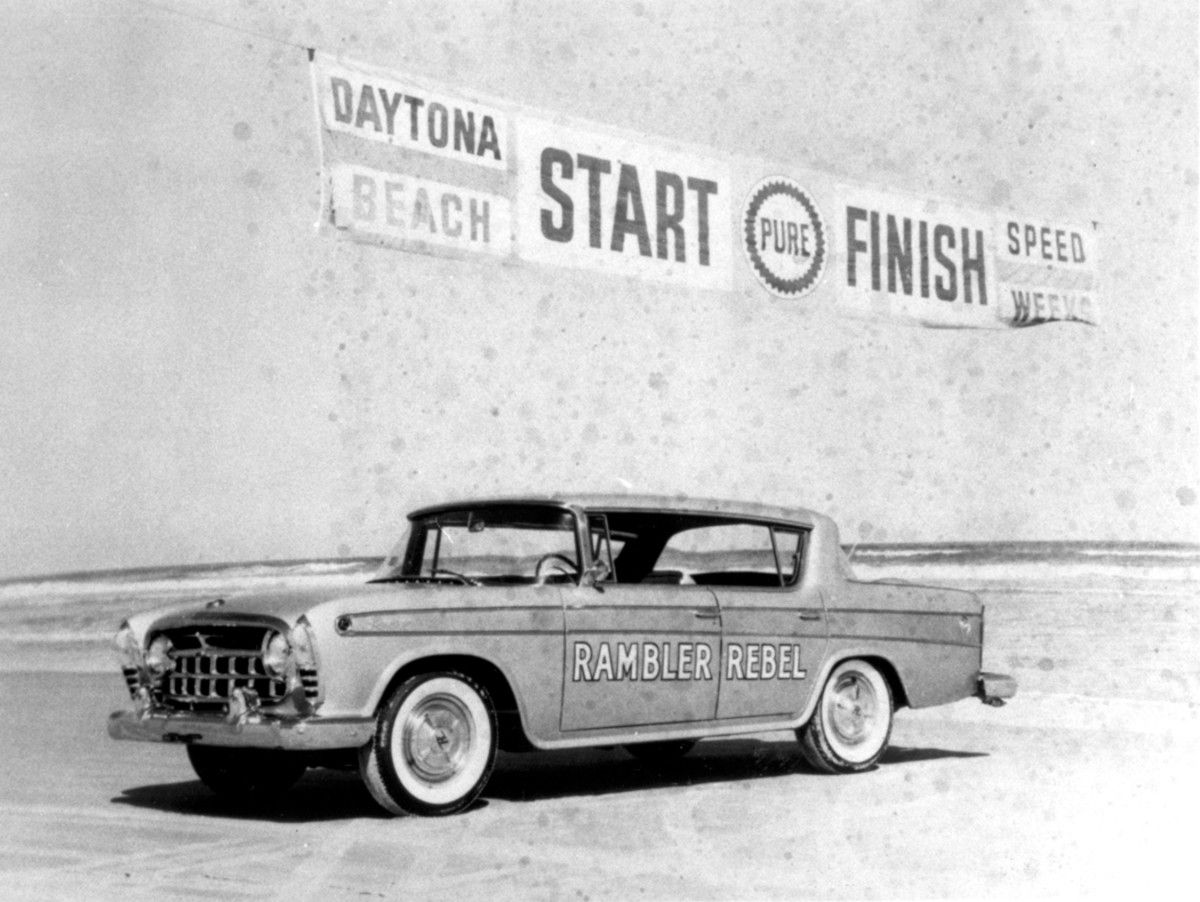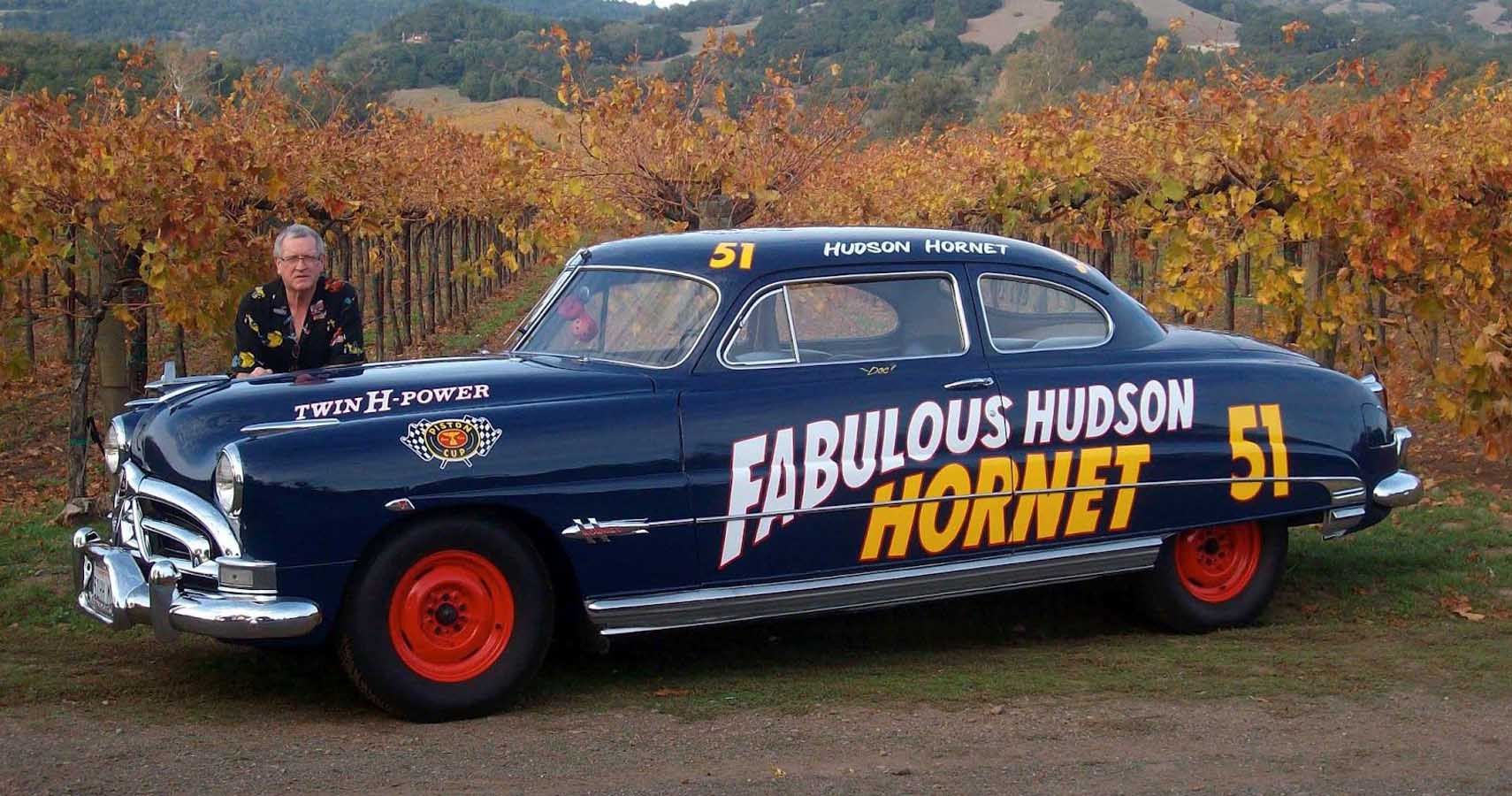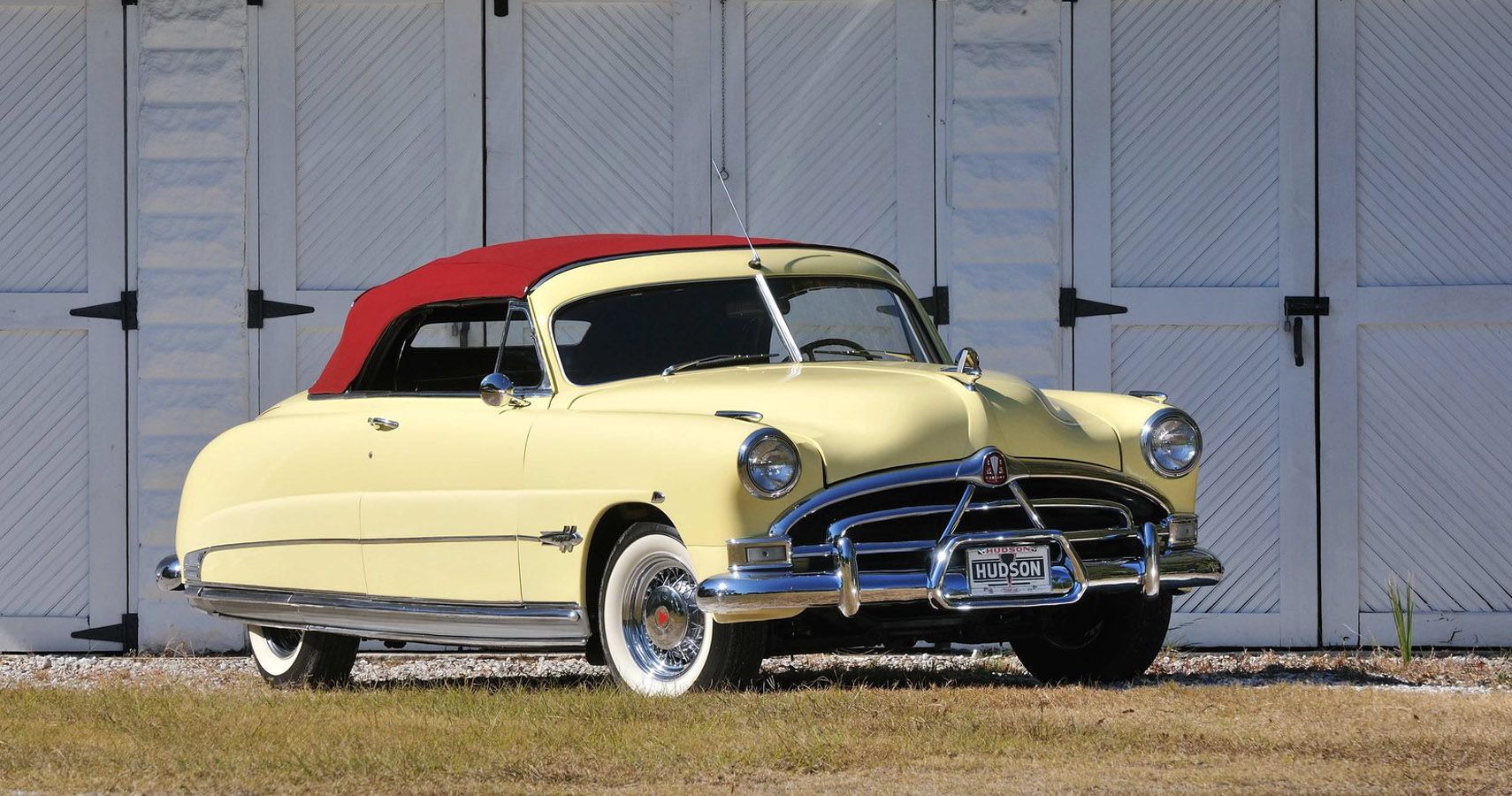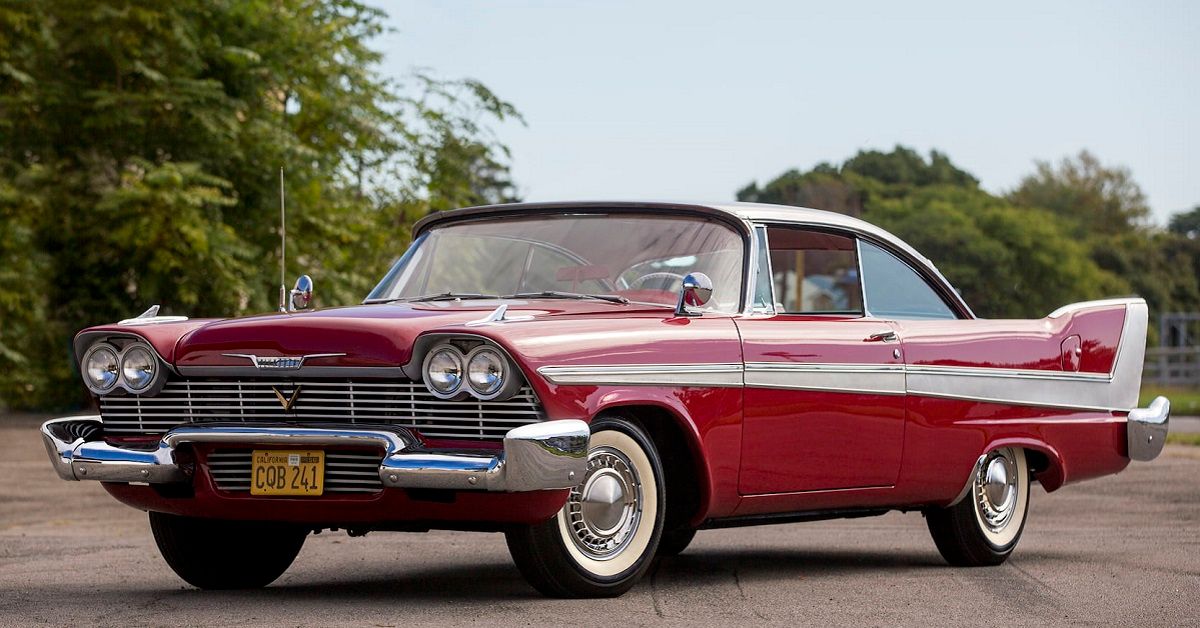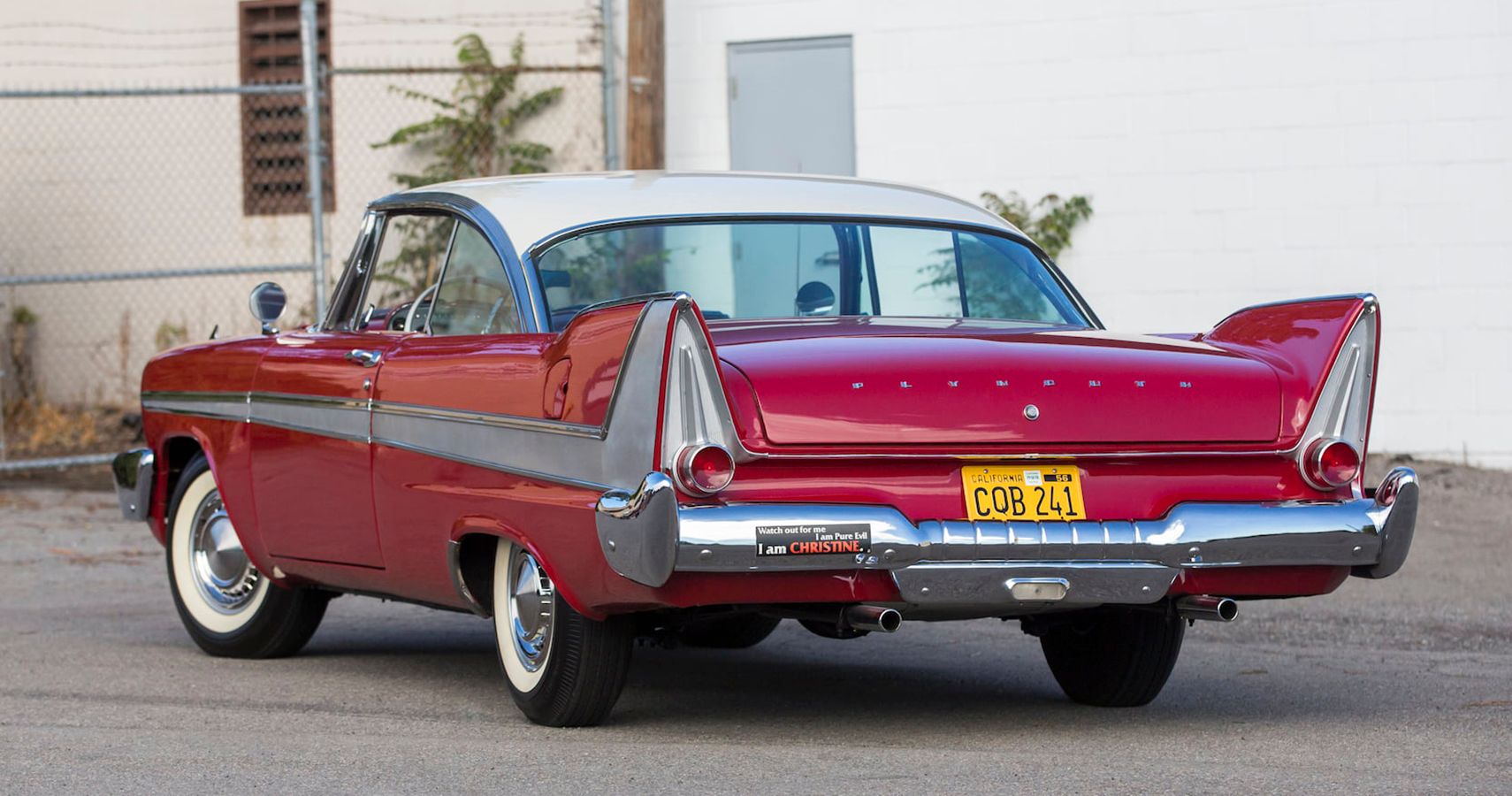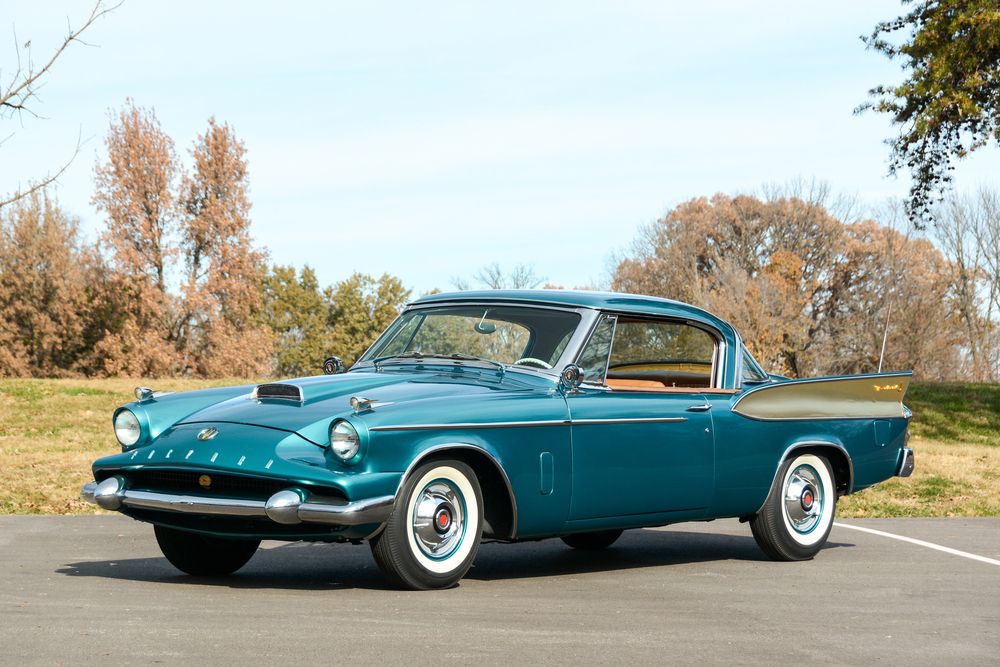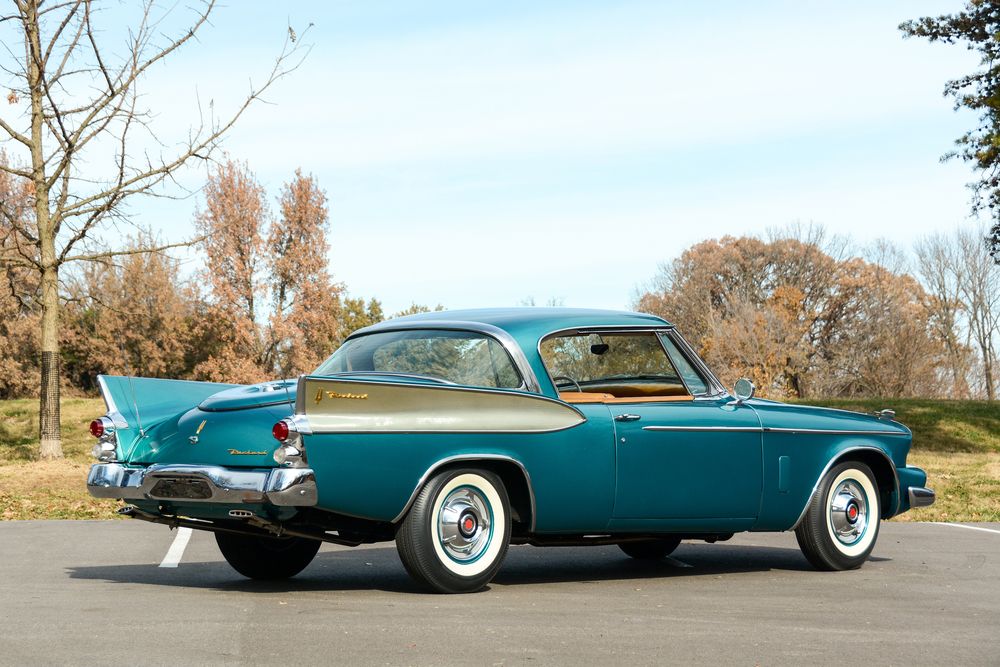The most beloved and badass of all American cars, muscle cars are some of the coolest performance machines out there. With brutally aggressive looks, and monstrous V8 power unrestrained by any normal sensibilities, muscle cars are the wildest straight-line performers the car industry has ever spawned, with legends like the Ford Mustang and Dodge Challenger remaining popular machines to this day.
Typically, when thinking of classic muscle, the '60s are the decade that immediately comes to mind, and that's for good reason too, as this was the "Golden Age" of muscle with insanely powerful monsters running wild. While the '60s indeed saw muscle cars reach their most brutal form, the '50s were their origins, with a surprising amount of serious muscle being offered. Among those offerings, these muscle cars from the '50s are some of the best the decade had to offer.
8 Chevrolet Corvette (1955 Onwards)
A legend of American performance that's still a popular and beloved offering, the Corvette has gone through 8 generations now, originating in the '50s as a spectacular looking, but a rather weak blend of American and European sports car design.
Unveiled at GM's 1953 Motorama show, the Corvette created such an impact that it was put into production that same year. Mostly a rushed parts-bin job, the first Corvettes hardly had any muscle to them, with a 115 hp Blue Flame inline-6 used in Chevy trucks since the '30s being the rather disappointing engine of choice. Rectified in '55, the Corvette now had a 265 cu-in V8 under the hood producing 195 hp, serious power for the time, and would see that figure grow up to almost 300 hp by 1959 with more optional V8s and performance packs on offer, solidifying the Corvette as an American V8 legend.
7 Ford Thunderbird
The Corvette's stiffest early competition, the Ford Thunderbird was a flashy and luxurious machine but had the V8 power to back all that up with proper muscle.
Debuting on sale for 1955 hot on the tail of the C1 Corvette, the Thunderbird was a personal luxury coupe rather than a sports car. Still, with a smaller sporty body compared to the typical luxury coupe offerings, and 215 hp V8 under the hood for the first years, the Thunderbird had all the makings of a proper muscle car. Growing in power to 300 hp by 1959, the Thunderbird was among the best examples of V8 muscle you could have during the decade, letting you spin the rear wheels while cruising in great comfort and style.
6 Chevrolet Bel Air Sport Coupe (1955 Onwards)
Not just limited to the Corvette, 1955 was a revolutionary year for GM performance overall, seeing that 265 V8 find its way into the majority of Chevy's '55 lineup, turning already great cars like the Bel Air into far more powerful beasts.
Previously offered with a choice of solid, but thoroughly un-exciting inline-6s (like the Blue Flame), the Bel Air was positioned as Chevy's premium model, differentiating itself with more glamorous trim and plenty of chrome, while the Sport Coupe designated two-door hardtop models. Introducing the 265 cu-in V8 as an option for 1955 models, a Bel Air Sport Coupe with the optional "Power Pack" and "Duntov cams" produced 195 hp like the Corvette of that year, but in a sumptuous cruiser format. Things would only get more powerful from there as well, with a 335 hp big-block V8 being optional in the Bel Air by the end of the '50s.
5 Oldsmobile Rocket 88
Perhaps the most iconic muscle car from the early '50s and the inspiration for the first rock and roll song, the Olds Rocket 88 is a true legend, spawning the muscle car formula that birthed so many beloved American automotive legends.
Debuting in 1949, the Oldsmobile 88 was a smaller car positioned as a step below the luxurious 98, but above the more entry-level models. Seeing the instant success, the 88 became the Rocket 88 when Oldsmobile shoved their biggest "Rocket" V8 into this smaller model, giving it 135 hp - which was plenty for the time and grew to over 300 hp by 1959. Dominating NASCAR in 1950, the Rocket 88 was a sensation that's credited with starting the muscle car craze, and beyond that, one of the first rock and roll songs was written about the car as well.
4 Rambler Rebel
A secondary pioneer of the "true" muscle car formula that is often forgotten today, the Rambler Rebel is a hilariously weird-looking car from AMC, but also was a V8 beast that earned its keep as one of the single fastest cars on sale during its day.
Originating as a nameplate with Nash, who later merged with Hudson to form AMC, "Rambler" was the name these early AMC models went by. Known as affordable commuter cars rather than anything exciting, the 1957 Rambler sedan was turned into a monster as the Rebel. Using a 327 cu-in V8 that threw down 255 hp, as well as a performance transmission, the Rambler Rebel was a serious muscle for the time. Tested by Motor Trend in 1957, the Rambler Rebel dominated, being the second fastest car they tested that year.
3 Hudson Hornet
The most legendary Hudson model, and another sporty part of AMC's history, the Hornet may not have had V8 power, but was still among the fastest American cars you could buy during the early 1950s.
Originating in 1951, the Hornet came about as Hudson's sportiest model, and that sportiness wasn't just based on power. Using a unique "step-down" chassis, the Hornet had some surprisingly good handling compared to similar cars of the time. Power-wise, the Hornet used a 140 hp (up to 210 hp by 1954) inline-6 rather than a V8, but with a much more consistent torque curve could keep up just fine. Dominating NASCAR at the time, the Hornet sadly was an under-appreciated car and was killed off in 1957 after briefly being sold as an AMC model - though the Hornet nameplate did return to AMC's lineup in 1970, but as an average commuter car.
2 Plymouth Fury
Most commonly known today as the killer car in Stephen King's Christine, the Plymouth Fury was one of the glitziest and most powerful V8 cruisers of the decade.
Originating in 1956 as a nameplate used for a Belvedere variant, the Fury was a glamorous car that only was available with the best V8 engine you could get on the Belvedere. Receiving the new top-end engine - the "Golden Commando" V8 with 305 hp in 1958, the Fury was a proper cruiser with massive power. With the Fury becoming its own model in 1959, variants like the Sport Fury came to represent some of the best and most luxurious Mopar muscle of the decade.
1 Packard Hawk
A one-year wonder, the Packard Hawk came about during troubled times for both Packard and Studebaker. Essentially a Studebaker with Packard-designed bodywork and badging, the Hawk was a solid muscle car for the time, though with some controversial looks.
Merging in 1954, Studebaker-Packard was formed to help save both companies. Based on the Studebaker Hawk, CEO Roy Hurley was inspired by the bodywork of Italian exotics like the Maserati 3500 GT and had new bodywork designed for the car with it in mind. Badged as a Packard, this new Hawk was released in 1958 as a sporty and luxurious competitor to the Ford Thunderbird, with a 275 hp supercharged V8 giving it the muscle to back those goals up. But, with its "vacuum cleaner" front end, and associations with two dying companies, only 588 were sold, and the model was killed off that same year.

